Essential Guide: Top Common Areas for Wood Rot in Your Home and How to Fix Them
Wood rot is a serious concern for homeowners, as it can compromise the structural integrity of a home if not addressed promptly. Whether it’s caused by water damage, poor ventilation, or aging materials, wood rot can weaken your home’s foundation, walls, and surfaces. Identifying and addressing wood rot early is essential to prevent costly repairs and ensure the safety of your home.
In this blog, we’ll explore the common areas for wood rot in your home, such as window sills, decks, and foundations, and provide you with practical guidance on how to recognize, repair, and prevent these issues to keep your home strong and protected.
Common Areas for Wood Rot in Your Home
Window Sills and Frames
Window sills and frames are one of the common areas for wood rot in your home. Water can easily accumulate around windows, especially if the seals or caulking have become damaged or worn over time. When moisture seeps into the wood, it can lead to rot, weakening the structure and potentially allowing mold growth.
Prevention Tips:
-
Inspect Seals and Caulking: Regularly check the seals and caulking around your windows. If you notice any cracks or gaps, replace the sealant immediately to prevent water from seeping in.
-
Install Drip Edges: Ensure your windows have proper drip edges and flashing to direct water away from the frames and sills.
-
Paint or Stain Wood: Applying a weather-resistant finish like paint or stain helps protect the wood from water damage and provides an added layer of protection against rot.
-
Keep Windows Clean: Regularly clean the window sills to remove debris and dirt that can trap moisture and cause damage.
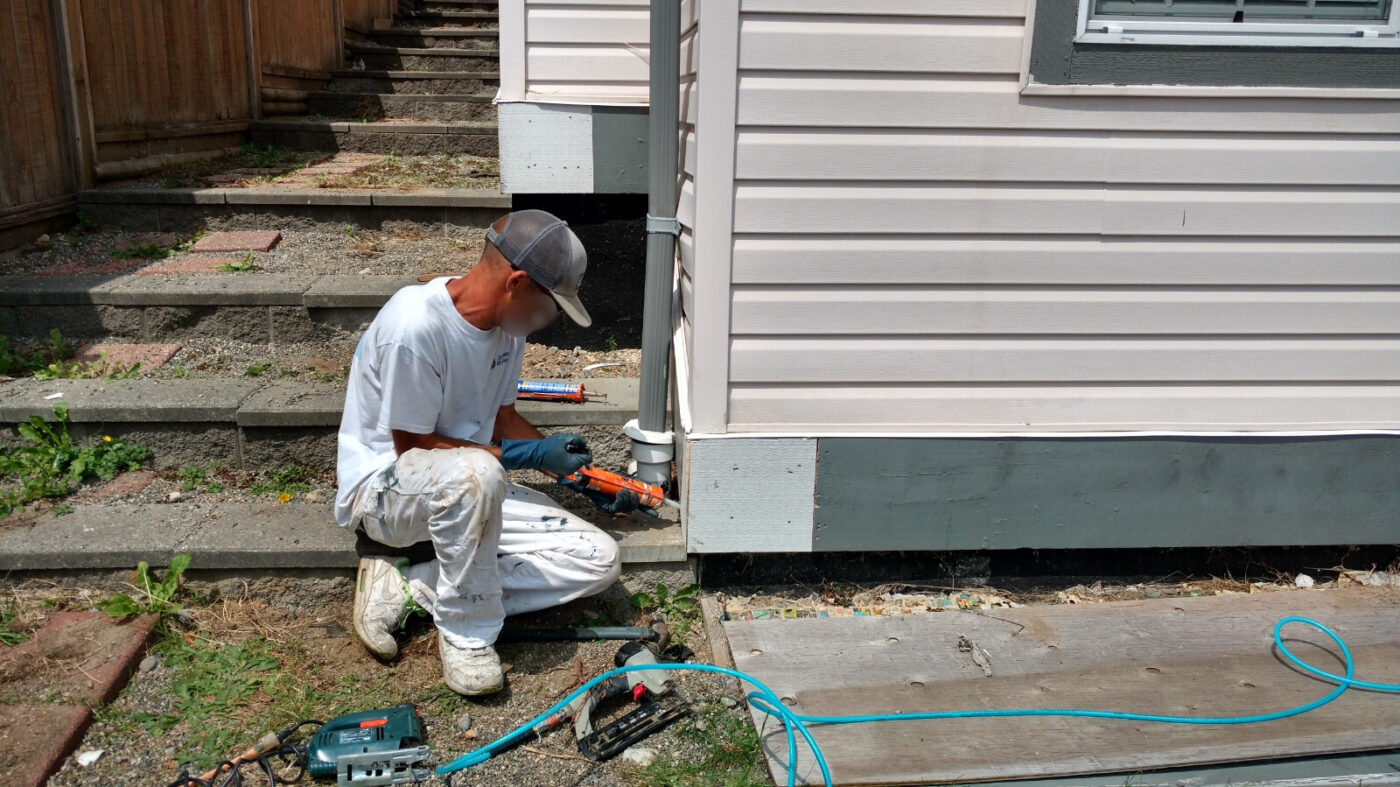

Decks and Outdoor Wood Surfaces
Decks, railings, and stairs are among the common areas for wood rot in your home, especially due to exposure to moisture from rain and snow. These areas are constantly exposed to the elements, and when water seeps into the wood, it can lead to rot, weakening the structure.
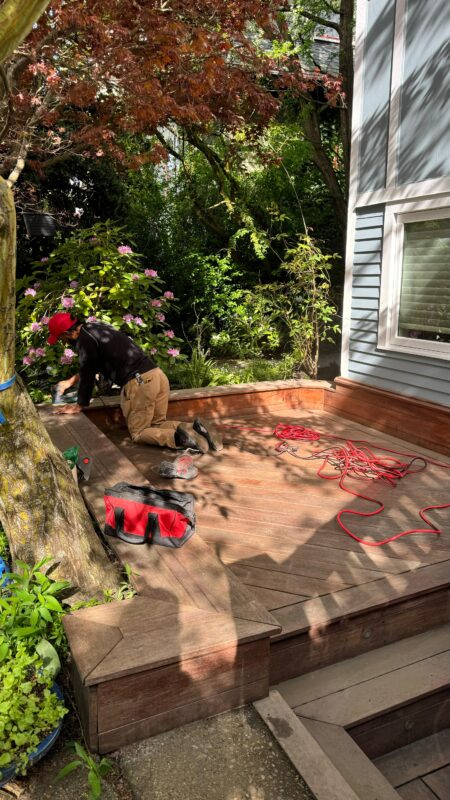
Prevention Tips:
-
Stain and Seal: Regularly stain and seal deck surfaces to protect the wood from moisture infiltration. This helps create a barrier that prevents water from soaking into the wood.
-
Proper Drainage: Ensure that your deck is properly sloped to allow rainwater to run off rather than pooling around the base. This reduces the risk of moisture buildup.
-
Inspect Regularly: Check for signs of soft spots, discoloration, or visible cracks. Prompt repairs can prevent small problems from turning into bigger, more costly issues.
By maintaining your outdoor wood surfaces, you not only prevent rot but also enhance the longevity and beauty of your deck.
Roof Eaves and Soffits
Clogged gutters and improper roof drainage are common culprits in the common areas for wood rot—specifically in roof eaves and soffits. When gutters overflow or become blocked, water can seep into the eaves, leading to wood rot and moisture damage.
Prevention Tips:
-
Clean Gutters Regularly: Clean gutters at least twice a year to ensure they remain free of leaves, twigs, and other debris. This helps direct water away from your roof and walls, preventing water damage to the eaves and soffits.
-
Inspect Roof and Eaves: Regularly inspect your roof and eaves for signs of water damage or rot. Look for discoloration or soft spots in the wood, which can indicate moisture infiltration.
-
Install Gutter Guards: Consider installing gutter guards to reduce debris buildup and ensure water flows freely through your gutters, reducing the risk of overflow.
Keeping your gutters clean and ensuring proper roof drainage is vital for preventing rot in common areas for wood rot.
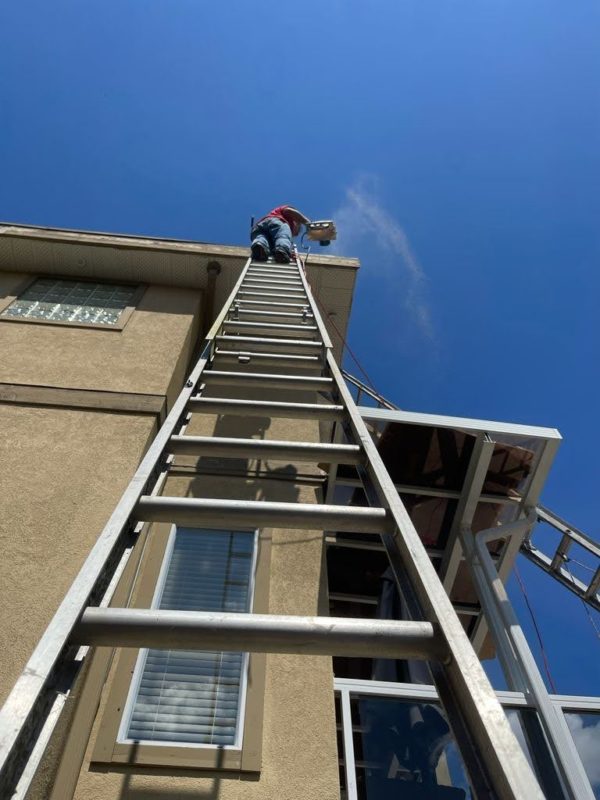
Basements and Crawl Spaces
Basements and crawl spaces are common areas for wood rot due to high moisture levels, poor ventilation, and lack of proper maintenance. Without proper moisture control, these areas are vulnerable to wood rot and mold growth.
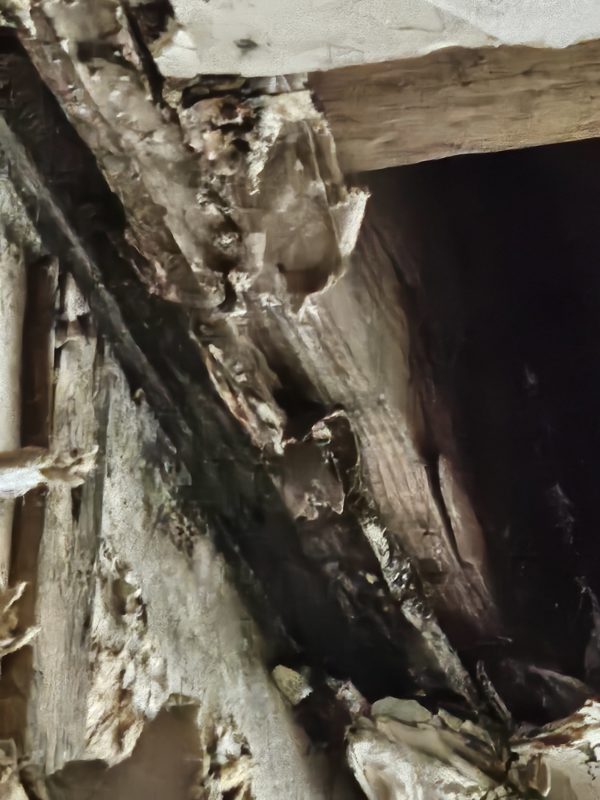
Prevention Tips:
-
Improve Ventilation: Make sure that your basement or crawl space has proper airflow to prevent moisture buildup, which is crucial in avoiding wood rot in these areas.
-
Seal Gaps: Seal cracks in the foundation to prevent water from entering and causing damage to the wood in your basement or crawl space.
-
Maintain Humidity Levels: Use dehumidifiers to control humidity and keep moisture levels low, helping to prevent the conditions that promote rot.
By addressing moisture and ventilation issues, you can avoid wood rot in your home’s basement and crawl spaces.
Foundations and Exterior Walls
Water damage due to flooding, poor drainage, or external leaks is a major contributor to wood rot in foundation wood and exterior wall framing, making these areas common areas for wood rot.
Prevention Tips:
-
Improve Drainage: Ensure that your foundation is properly graded to direct water away from your home. Installing gutters, downspouts, and French drains can help divert water and reduce the chance of rot in these areas.
-
Repair Leaks Promptly: Address any leaks in your exterior walls immediately to prevent water from seeping in and causing damage to the wood.
-
Replace Rotted Sections: If rot has affected sections of your foundation or exterior walls, it’s important to replace them to prevent further deterioration and structural damage.
Proper drainage and timely repairs are essential in preventing wood rot in the foundation and exterior walls.
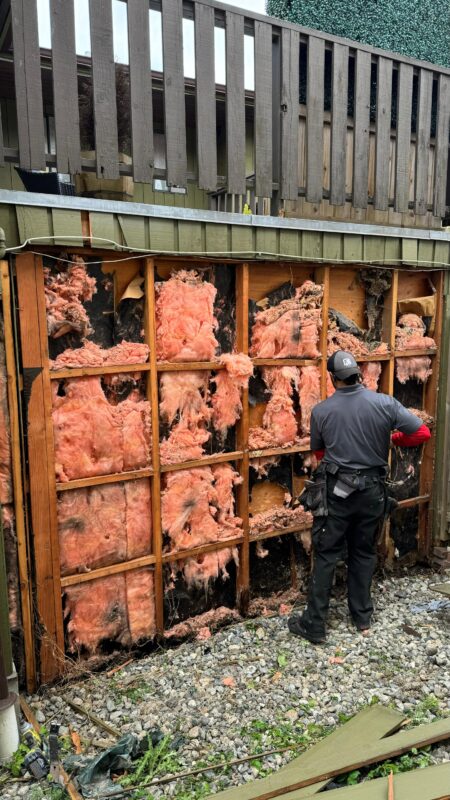
How to Fix Wood Rot in Common Areas
Step-by-Step Guide for Repairing Wood Rot
When dealing with wood rot in common areas for wood rot, it’s important to address the damage as soon as possible to prevent it from spreading and causing more significant issues. Here’s a clear, actionable guide on how to repair wood rot:
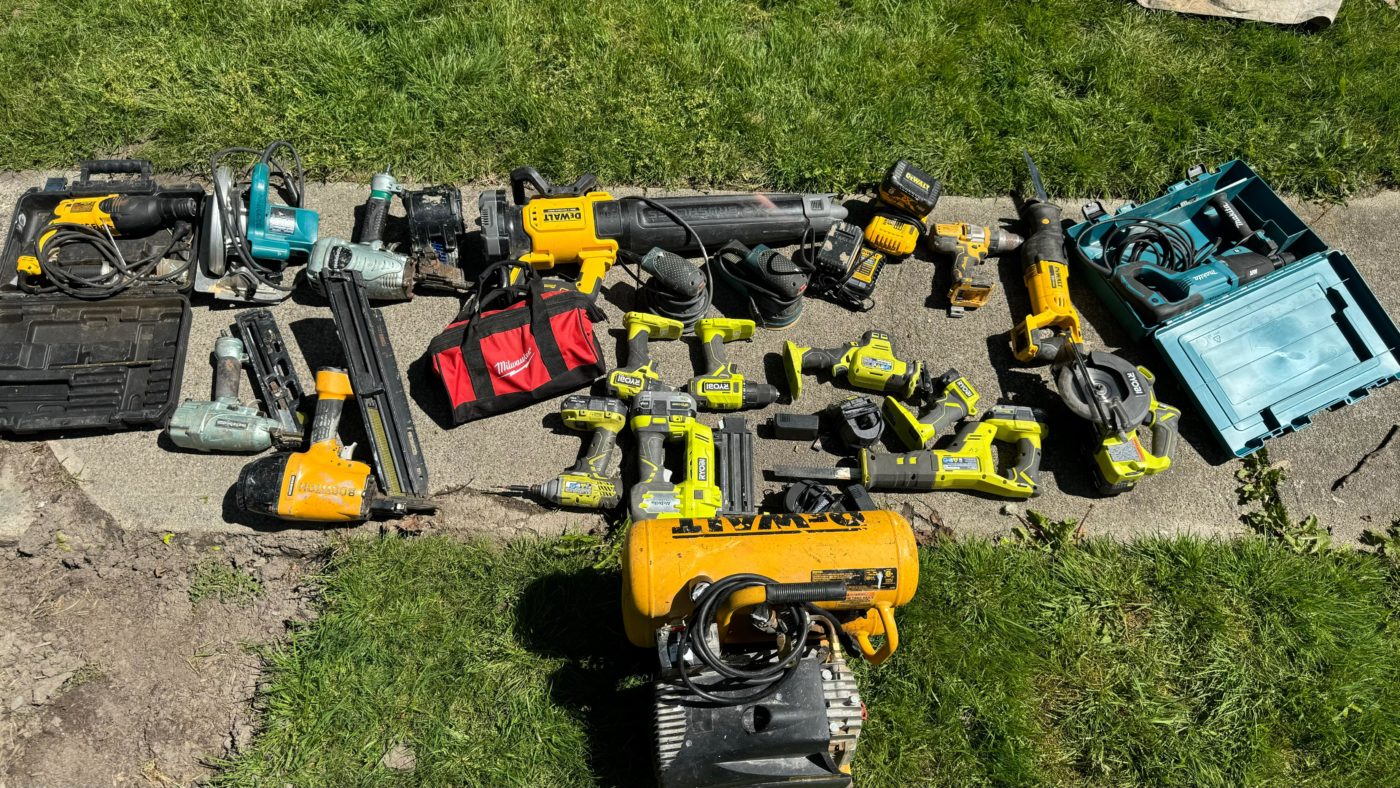
Tools and Materials You’ll Need:
-
Saw (for cutting out damaged wood)
-
Wood filler or epoxy resin (for filling small holes or cracks)
-
Sandpaper (for smoothing the surface)
-
Hammer and nails or screws (for securing new wood)
-
Paint or wood sealant (to protect the repaired area)
-
Utility knife (for trimming excess wood or filler)
Step 1: Identify the Damaged Areas
- Inspect the common areas for wood rot, such as window sills, decks, and other exposed wood surfaces. Look for soft, spongy spots or visible cracks. If the damage is extensive, you may need to remove the affected wood entirely to prevent further spread of rot.
Step 2: Remove the Rotted Wood
-
Use a saw or utility knife to carefully remove the damaged wood. For smaller areas, a chisel or screwdriver can help scrape away the rotted parts. It’s important to clear away all the decayed material to ensure a solid foundation for the repair.
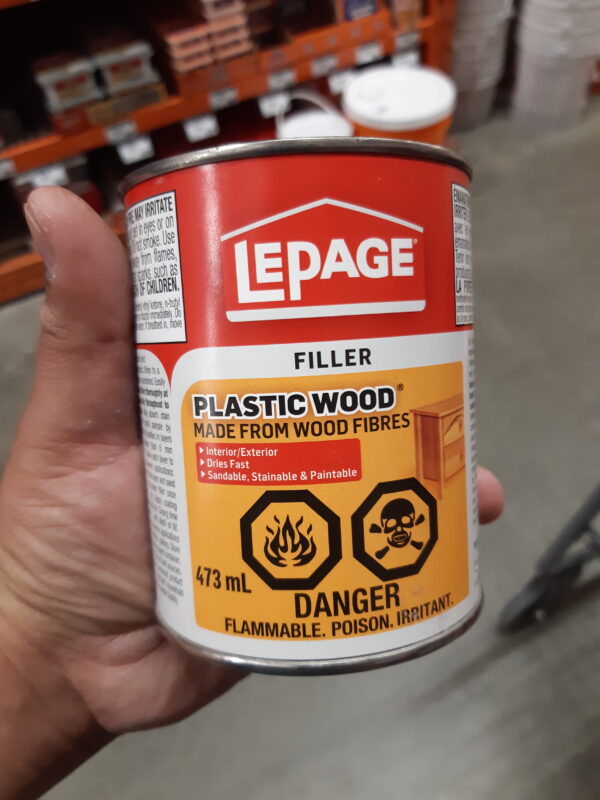
Step 5: Sand and Finish
-
Once the new wood or filler has dried, use sandpaper to smooth the surface and blend it seamlessly with the surrounding wood. After sanding, apply paint or wood sealant to protect the area from future moisture and prevent the wood from rotting again.
Step 6: Repaint or Re-stain
- To finish, apply a fresh coat of paint or wood stain to the repaired area. This will not only improve the appearance of the wood but also provide a protective layer, sealing it from water damage and helping to prevent wood rot in the future.
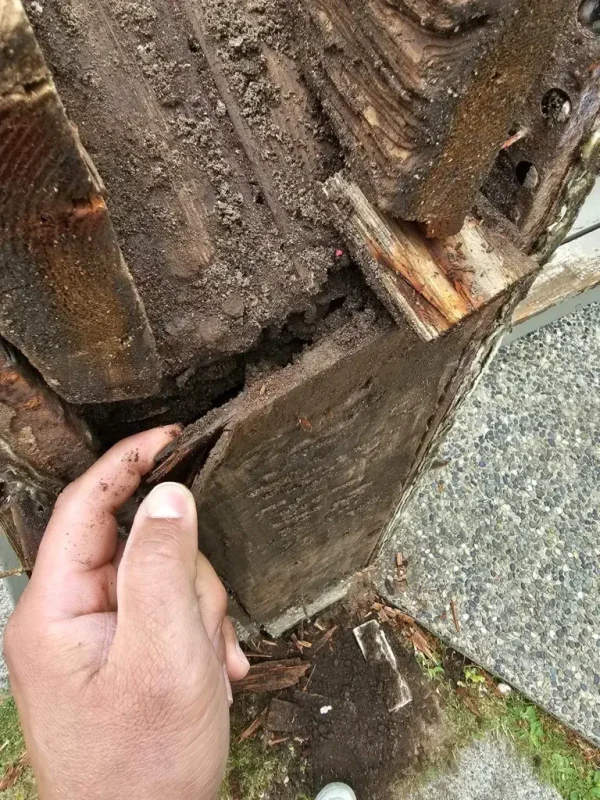
Step 3: Apply Wood Filler or Epoxy Resin
-
If the damage is minimal, apply wood filler or epoxy resin to fill in any holes or cracks. These materials restore the shape of the wood and strengthen it, providing a smooth surface for further treatment. Allow the filler to dry completely before moving on to the next step.
Step 4: Replace Damaged Sections
-
For more significant damage in the common areas for wood rot, you may need to replace the rotted wood. Measure and cut a new piece of wood to fit the damaged area. Secure it with nails or screws to ensure a strong and stable repair.
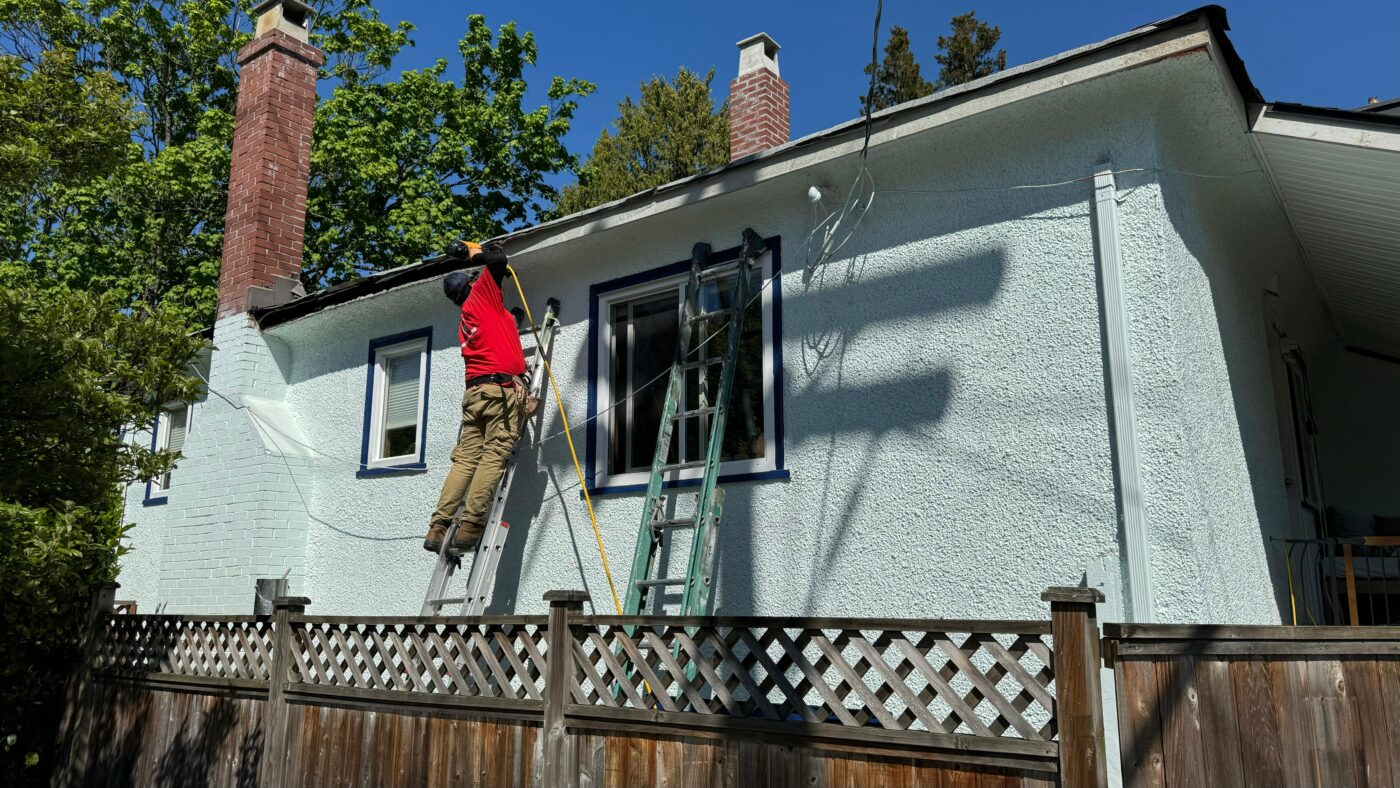
By following these steps, you can effectively repair wood rot in common areas for wood rot and help protect your home from further damage.
Repairing vs. Replacing Wood Rot
In common areas for wood rot around your home, the decision to repair or replace the damaged wood depends largely on how extensive the rot is. In some cases, repairing the affected wood is enough to restore the area, while in others, a full replacement may be necessary to maintain the structural integrity of your home.
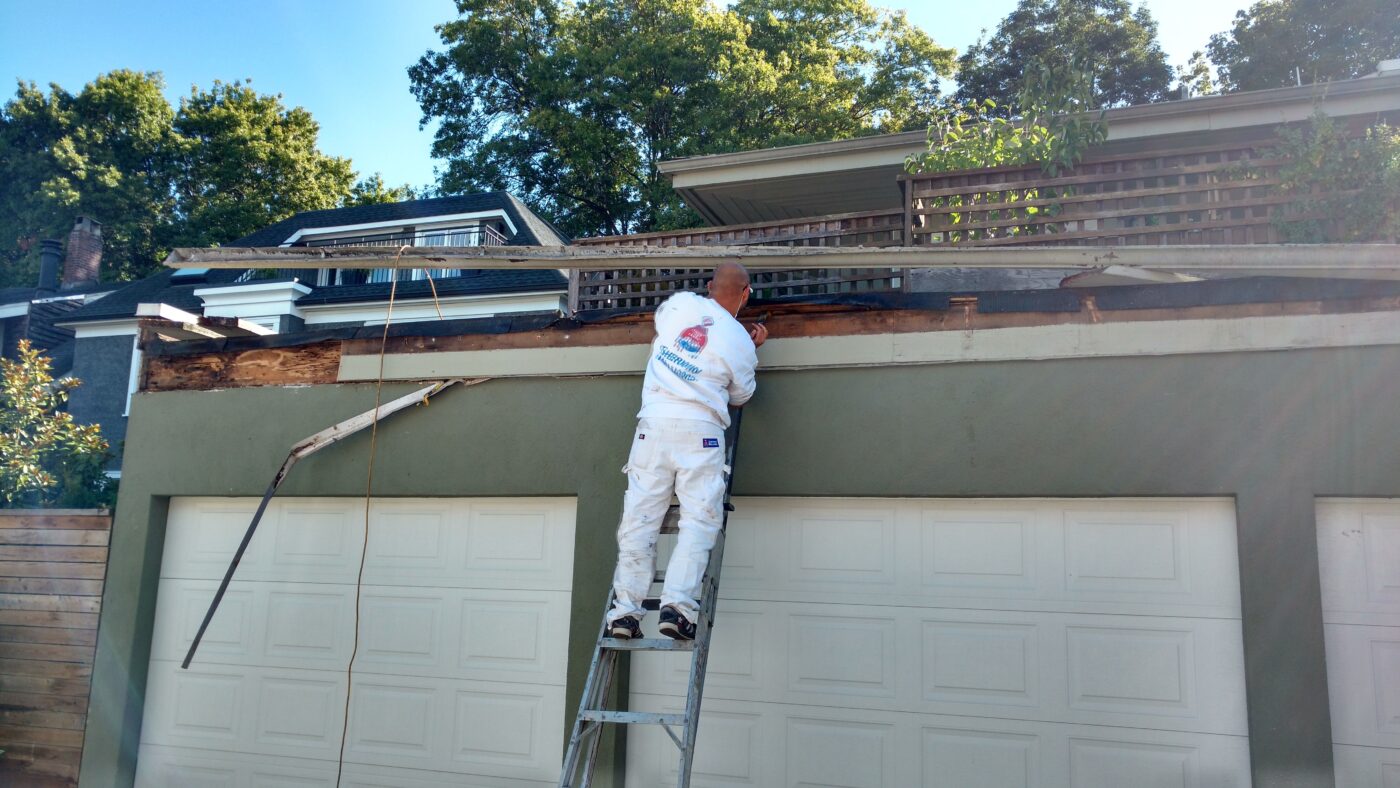
When to Replace:
-
Widespread Damage: If the rot has spread extensively across larger sections of wood, especially in areas like the foundation or load-bearing walls, it’s time for a full replacement. Wood that’s been severely rotted may no longer be able to provide the necessary structural support, and trying to repair it could lead to further issues.
-
Compromised Structural Integrity: In common areas for wood rot where the rot has weakened the overall structure of your home—such as the framing or key foundation components—replacement is essential. If you notice soft or crumbly wood in critical areas, the damage is likely too severe for repair.
-
Moisture or Mold Infestation: In cases where rot is accompanied by mold or mildew, replacement is usually necessary. Mold growth indicates that moisture has been present for a prolonged period, and attempting to repair such areas may not effectively address the underlying problem.
When to Repair:
-
Minor Damage: If the rot is limited to a small section of wood, you can usually repair the damage. For instance, small cracks or localized rot on window sills or trim can often be addressed with wood filler or epoxy resin.
-
Surface-Level Damage: If the rot has only affected the surface of the wood and hasn’t compromised its strength, repairs are typically possible. This is often the case with areas like exterior doors or non-structural wood surfaces.
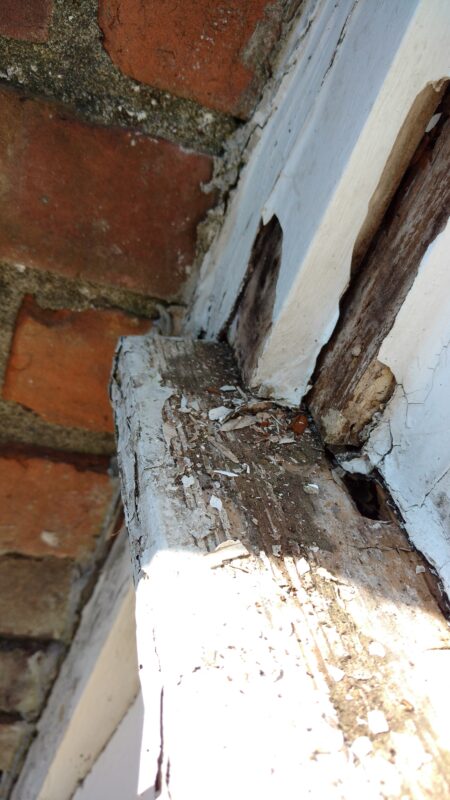
By recognizing the signs of severe rot and understanding when to replace damaged wood in common areas for wood rot, you can ensure the long-term stability and safety of your home.
Prevention Tips to Avoid Future Wood Rot
Preventing wood rot is essential to maintaining the structural integrity and longevity of your home. Here are some effective strategies to help you safeguard your property:
-
Regular Inspections:Periodically check common areas for wood rot, such as basements, crawl spaces, and window frames. Early detection of rot can prevent it from spreading and causing more significant damage.
-
Maintain Proper Ventilation: Ensure adequate ventilation in areas prone to moisture buildup, like attics and crawl spaces. Proper airflow reduces humidity, a common cause of rot in common areas for wood rot. According to Storm Wrappers, “Good ventilation is essential to preventing moisture buildup that can lead to wood rot”
-
Seal Wood Surfaces: Applying high-quality paint, stain, or sealant to wood surfaces is crucial to protect them from moisture. This helps safeguard common areas for wood rot like decks and windows, making them less vulnerable to future damage.
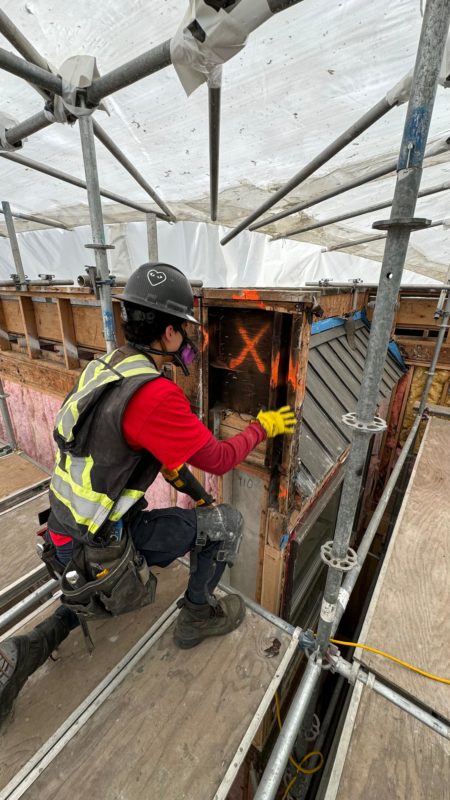
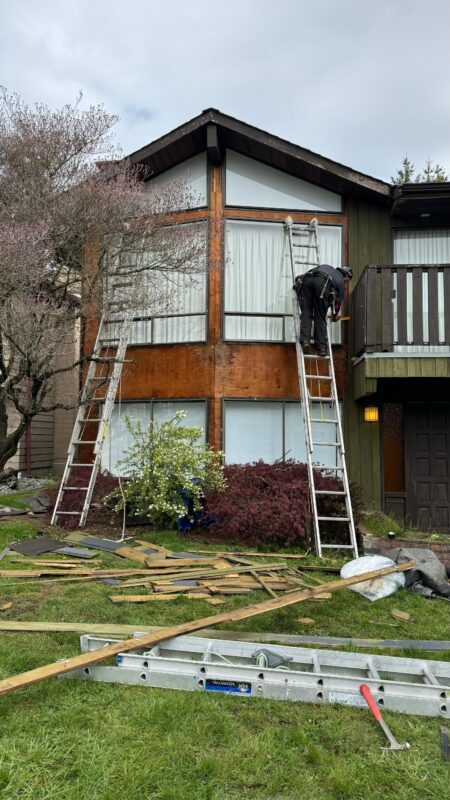
-
Address Leaks Promptly: Leaks in roofing, plumbing, or siding can cause water to infiltrate common areas for wood rot, leading to severe structural damage. Address these issues immediately to prevent water from causing rot.
-
Keep Gutters Clean: Clogged gutters can lead to water overflow, which may seep into common areas for wood rot, especially around the foundation or eaves. Clean your gutters regularly to ensure proper water drainage.
-
Ensure Proper Drainage: Direct water away from your home’s foundation and common areas for wood rot by improving drainage around the house. This reduces the risk of water pooling and causing rot in vulnerable areas.
-
Use Weather-Resistant Materials: For repairs and replacements in common areas for wood rot, use materials designed to resist moisture and decay. This helps prevent the recurrence of rot, especially in high-risk areas like decking or exterior walls.
By implementing these preventive measures, you can protect your home from the damaging effects of wood rot and ensure its longevity.
Identifying and addressing wood rot in common areas for wood rot is essential for maintaining the structural integrity of your home. Ignoring these issues can lead to further damage and costly repairs down the line. By taking proactive steps to inspect and repair these areas, you can ensure the long-term health and safety of your property.
If you’re unsure how to address wood rot or if the damage is extensive, don’t hesitate to contact a professional. A skilled expert can help you with thorough inspections, proper repairs, and preventive measures to safeguard your home.

Call a Professional
For expert wood rot repair and prevention services, contact Argenta Restoration Ltd. today. Our team is here to provide professional assistance and ensure your home stays safe, dry, and rot-free.
